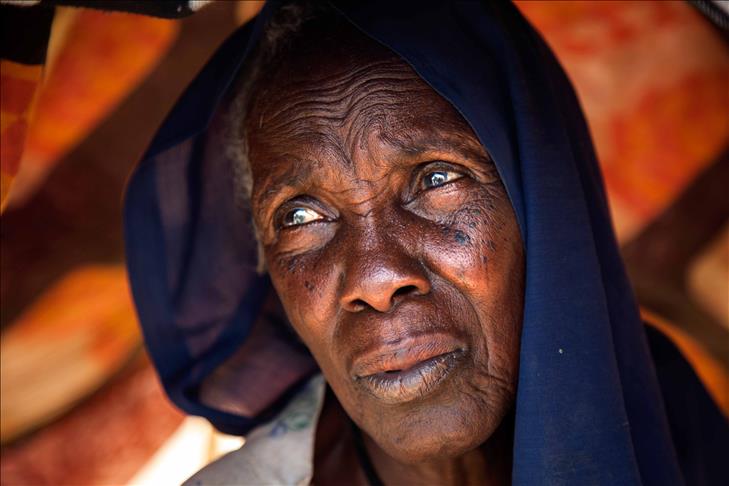
By Magdalene Mukami
NAIROBI
African countries are unlikely to eradicate extreme poverty by 2030 as envisaged by the UN's "Millennium Development Goals" (MDGs) and the African Union's "Agenda 2063" development plan, according to an African think tank.
"The original goal that has been discussed under the MDGs was that we globally eradicate poverty extreme by 2030," Jakkie Cilliers, executive director of the Institute for Security Studies, told The Anadolu Agency on Wednesday.
He explained that the "extreme poverty" line had been set by the World Bank at $1.75 a day, while the "severe poverty" line had been set at less than $1 a day.
"According to the MDGs, we're supposed to eradicate extreme poverty by 15 percent by 2030 and severe poverty by 4 percent by 2045," Cilliers said.
"But according to our report," he added, "it's unlikely that any African state will beat that time frame."
"Even if African countries adopt very aggressive pro-poor policy interventions, to expect… to get below 15 percent by 2030 and below 4 percent by 2045 is not realistic," Cilliers said.
On Wednesday in Nairobi, the Pretoria-based think tank issued its annual report on poverty in Africa, which relies on the latest World Bank data.
Cilliers said poverty was endemic to sub-Saharan Africa, while conceding that it had fallen in India and China.
"High levels of inequality mean it's very difficult to ease poverty. Without growth, poverty doesn't come down," said the senior researcher.
He asserted that both inequality and growth had a major impact on the nature of governance.
"If you don't have inclusive growth in Africa that reduces inequality and levers up economic growth… poverty will remain high," Cilliers said.
He said the good news in Africa was that growth levels were rising while corruption appeared to have receded slightly.
The researcher said the most effective global instrument for reducing poverty was the provision of cash, by which governments give citizens small amounts of money to start businesses or educate their children.
Poor Kenyans
According to Cilliers, Kenya currently has around 18 million people living below the "extreme poverty" line ($1.75 a day).
"Kenya needs to focus on growth that is not only focused on urban elites, but also looks for provisions of social assistance, education and better health services," he told AA.
The think tank believes that, if Kenya embraces pro-poor policies, cases of extreme poverty will fall to 14 million in 2030 and a mere 3 million by 2045.
Cilliers said the government should invest more in its youth population to avoid instability.
Kenya, he added, should also educate its young people so they might become future entrepreneurs.
"Education is the best long-term investment a government can make, because if you educate people they become entrepreneurs and create jobs," said Cilliers.
He added: "Public education in Kenya is poor; the government needs to invest in that. It also needs to raise the education level of all Kenyans – not only the elite."
The researcher pointed to indications that Kenya's population would rise from 46 million to 65 million over the next 15 years, with that figure expected to rise to a whopping 100 million by 2063.
Anadolu Agency website contains only a portion of the news stories offered to subscribers in the AA News Broadcasting System (HAS), and in summarized form. Please contact us for subscription options.


